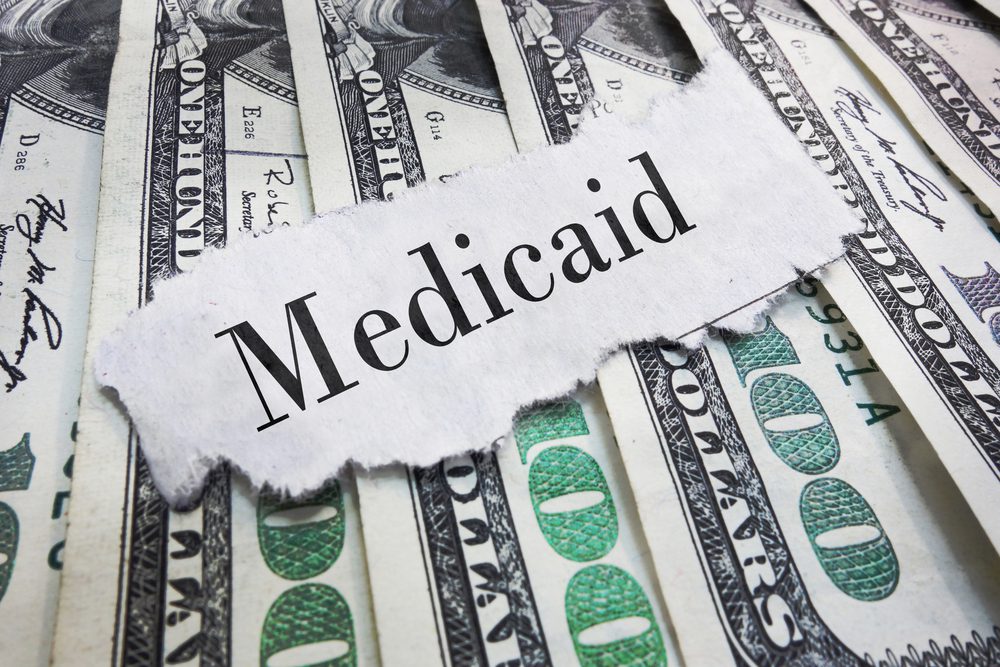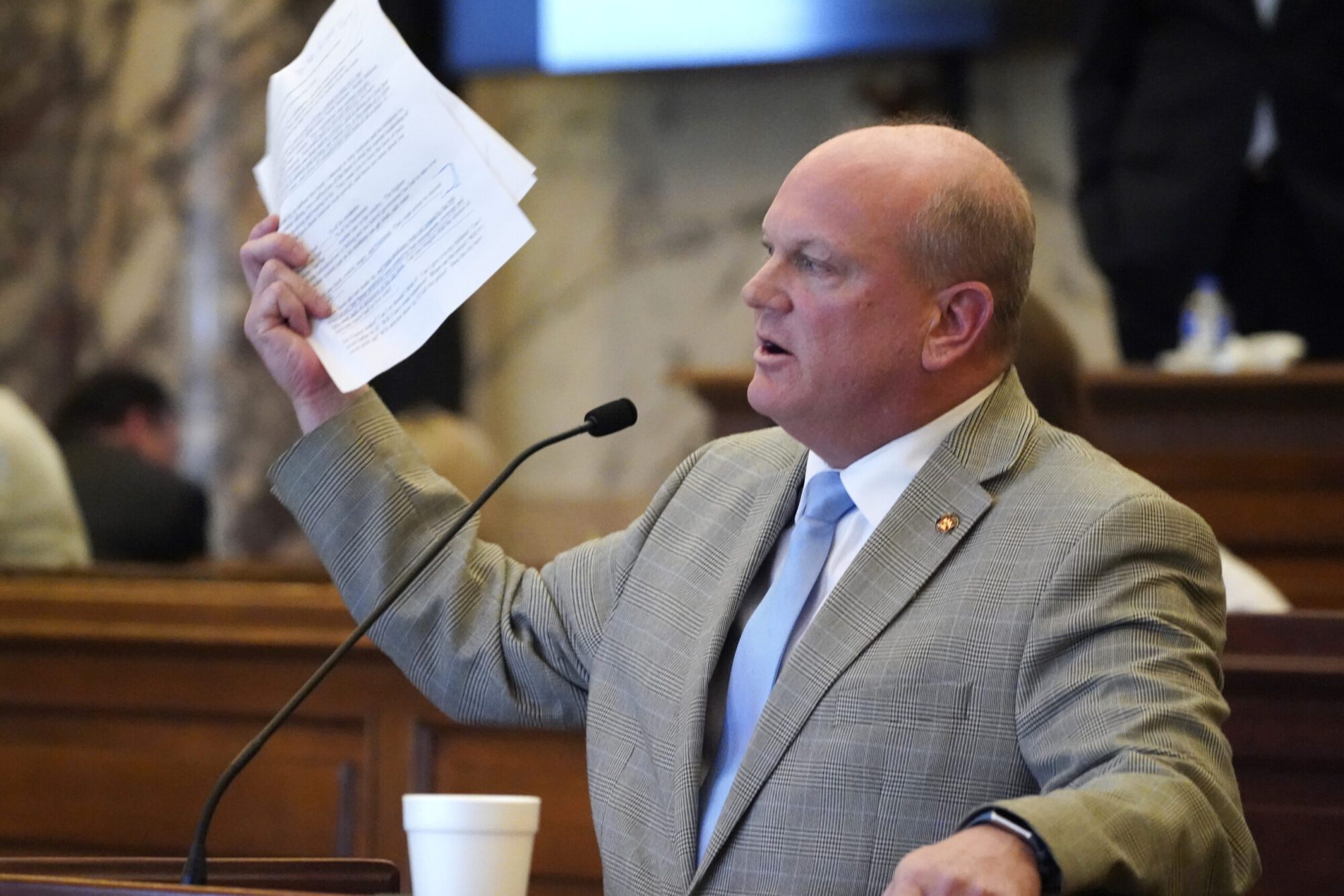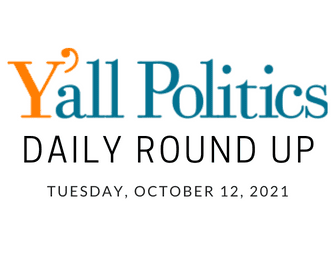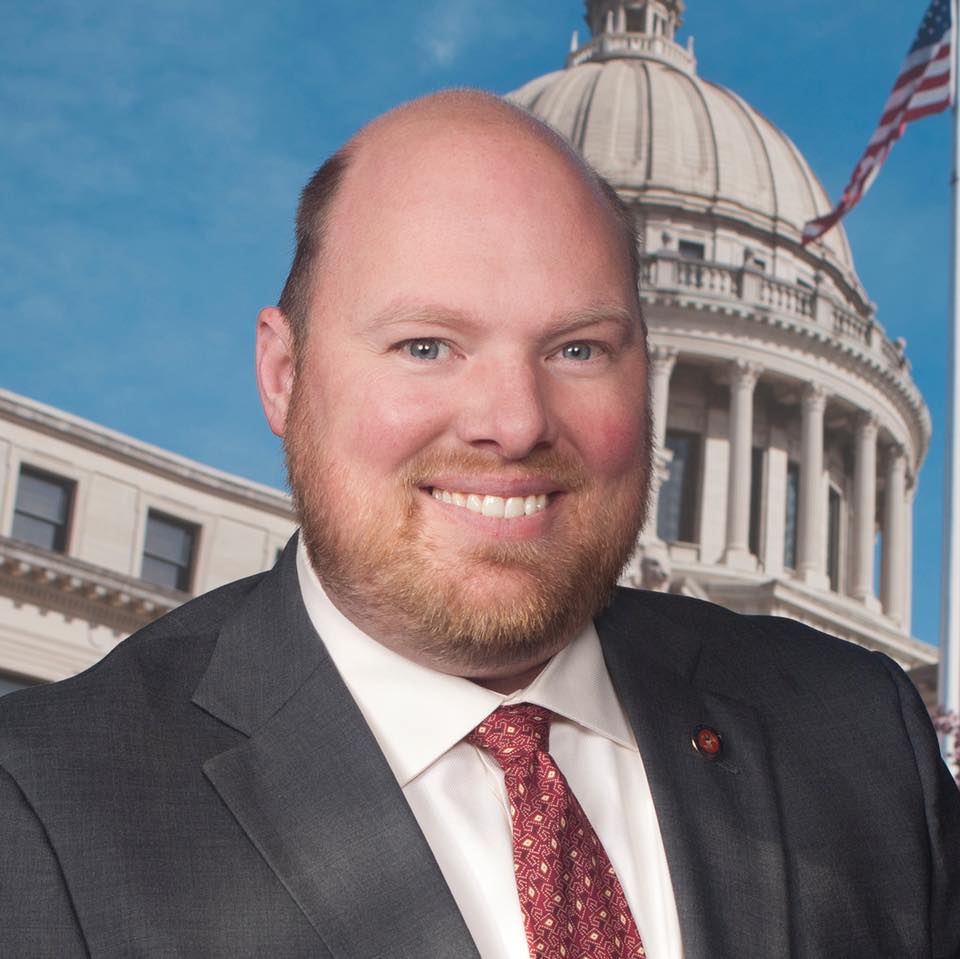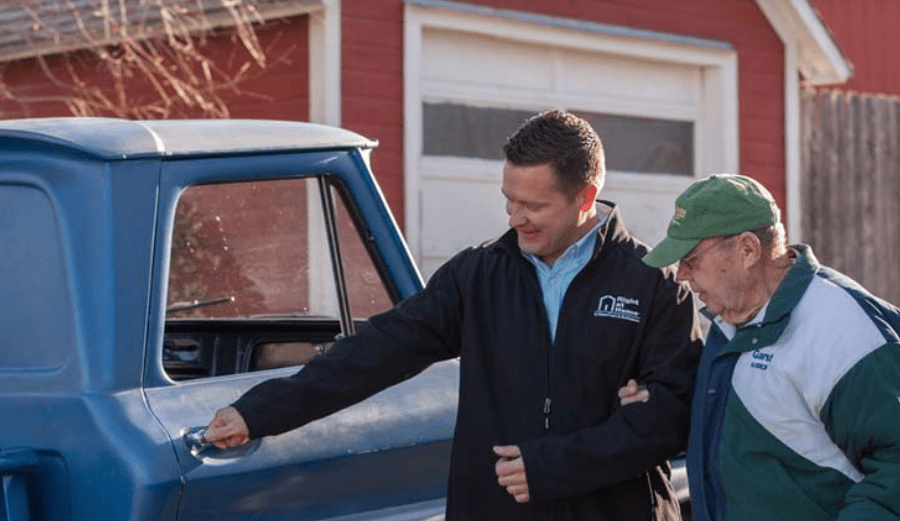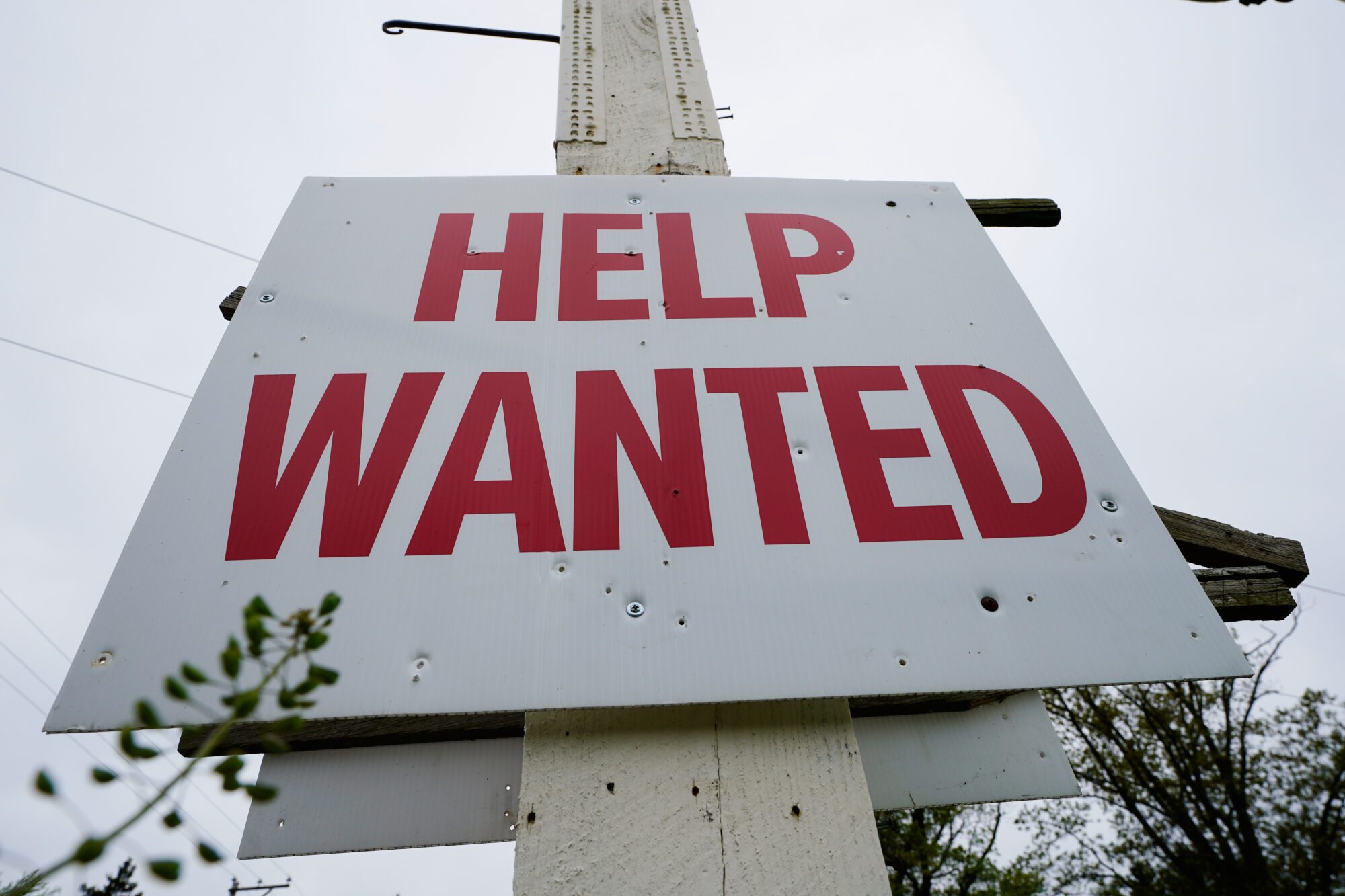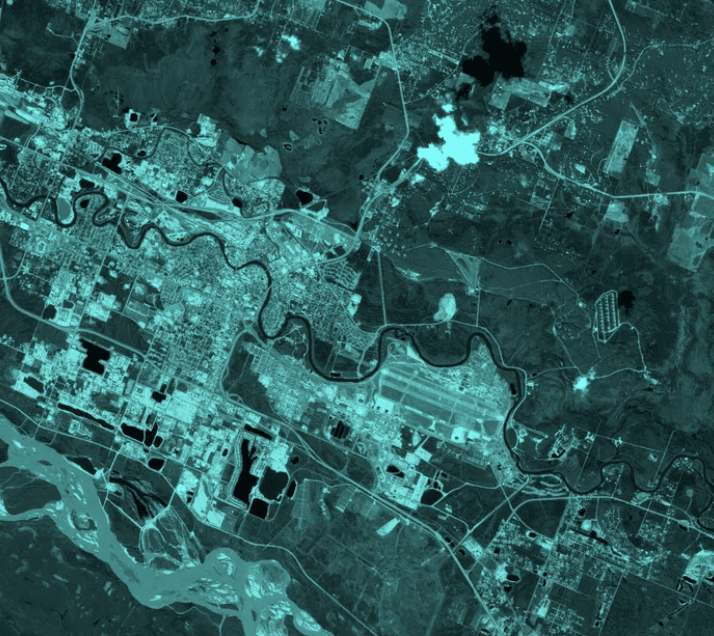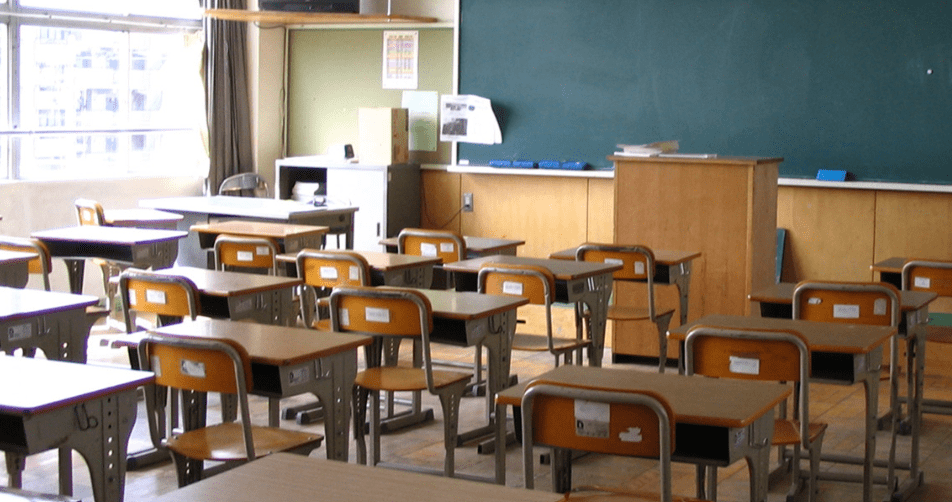
In the September survey, the National Federation of Independent Business slipped due to continued labor shortages and inflation that is impacting business operations.
The NFIB Small Business Optimism Index decreased one point in September to 99.1. Three of the 10 Index components improved, five declined, and two were unchanged.
“Small business owners are doing their best to meet the needs of customers, but are unable to hire workers or receive the needed supplies and inventories,” saidNFIB Chief Economist Bill Dunkelberg. “The outlook for economic policy is not encouraging to owners, as lawmakers shift to talks about tax increases and additional regulations.”

State-specific data isn’t available, but NFIB State Director Dawn McVea said, “Disruptions in the supply chain combined with the labor shortage is making it even harder for small businesses to deliver the goods and services people need.”
Key findings include:
- The NFIB Uncertainty Index increased five points to 74.
- Owners expecting better business conditions over the next six months decreased five points to a net negative 33%.
- Fifty-one percent of owners reported job openings that could not be filled, a 48-year record high for the third consecutive month.
- A net 42% of owners reported raising compensation, a 48-year record high.
The NFIB’s monthly jobs report, showed a record 51% of all small business owners were reporting job openings they couldn’t fill. A net of 42% of owners reported raising wages in order to help offset the shortage, which is one point up from August and a 48-year record high reading.
Roughly 30% more owners expect to raise compensation rates in the next three months and 12% of owners cited labor costs as their largest business problem.
28% said that labor quality was their top business problem – both record-high readings.
Fifty-three percent of owners reported capital outlays in the next six months, down two points from August and historically a weak reading. Of those making expenditures, 37% reported spending on new equipment, 21% acquired vehicles, and 12% improved or expanded facilities. Six percent of owners acquired new buildings or land for expansion and 10% of owners spent money for new fixtures and furniture. Twenty-eight percent plan capital outlays in the next few months, down two points from August and one point below the 48-year average.
Seasonally adjusted, 3% of owners reported higher nominal sales in the past three months, up three points from August. The net percent of owners expecting higher real sales volumes improved by four points to a net 2%.
The net percent of owners reporting inventory increases rose five points to a net 3%, back into positive territory after two months of owners reporting more declines than gains. This is the highest reading since the pandemic started.
Over 35% of owners report supply chain disruptions have had a significant impact on their business. Another 32% report a moderate impact and 21% report a mild impact. Only 10% of owners report no impact from recent supply chain disruptions. A net 10% of owners viewed current inventory stocks as “too low” in September, down one point from August. A net 9% of owners plan inventory investment in the coming months, down two points from August but historically a very elevated reading.
The net percent of owners raising average selling prices decreased three points to a net 46% (seasonally adjusted). Unadjusted, 8% of owners reported lower average selling prices and 53% reported higher average prices. Price hikes were the most frequent in wholesale (75% higher, 0% lower), manufacturing (67% higher, 4% lower), and retail (71% higher, 2% lower). Seasonally adjusted, a net 46% of owners plan price hikes.
The frequency of positive profit trends increased one point to a net negative 14%. Among the owners reporting lower profits, 26% blamed the rise in the cost of materials, 23% blamed weaker sales, 19% cited labor costs, 10% cited the usual season change, 6% cited lower prices, and 6% cited higher taxes or regulatory costs. For those owners reporting higher profits, 57% credited sales volumes, 19% cited usual seasonal change, and 5% cited higher prices.
Two percent of owners reported that all their borrowing needs were not satisfied. Twenty percent reported all credit needs were met and 62% said they were not interested in a loan. A net 4% of owners reported their last loan was harder to get than in previous attempts. Zero percent reported that financing was their top business problem. A net 0% of owners reported paying a higher rate on their most recent loan.

